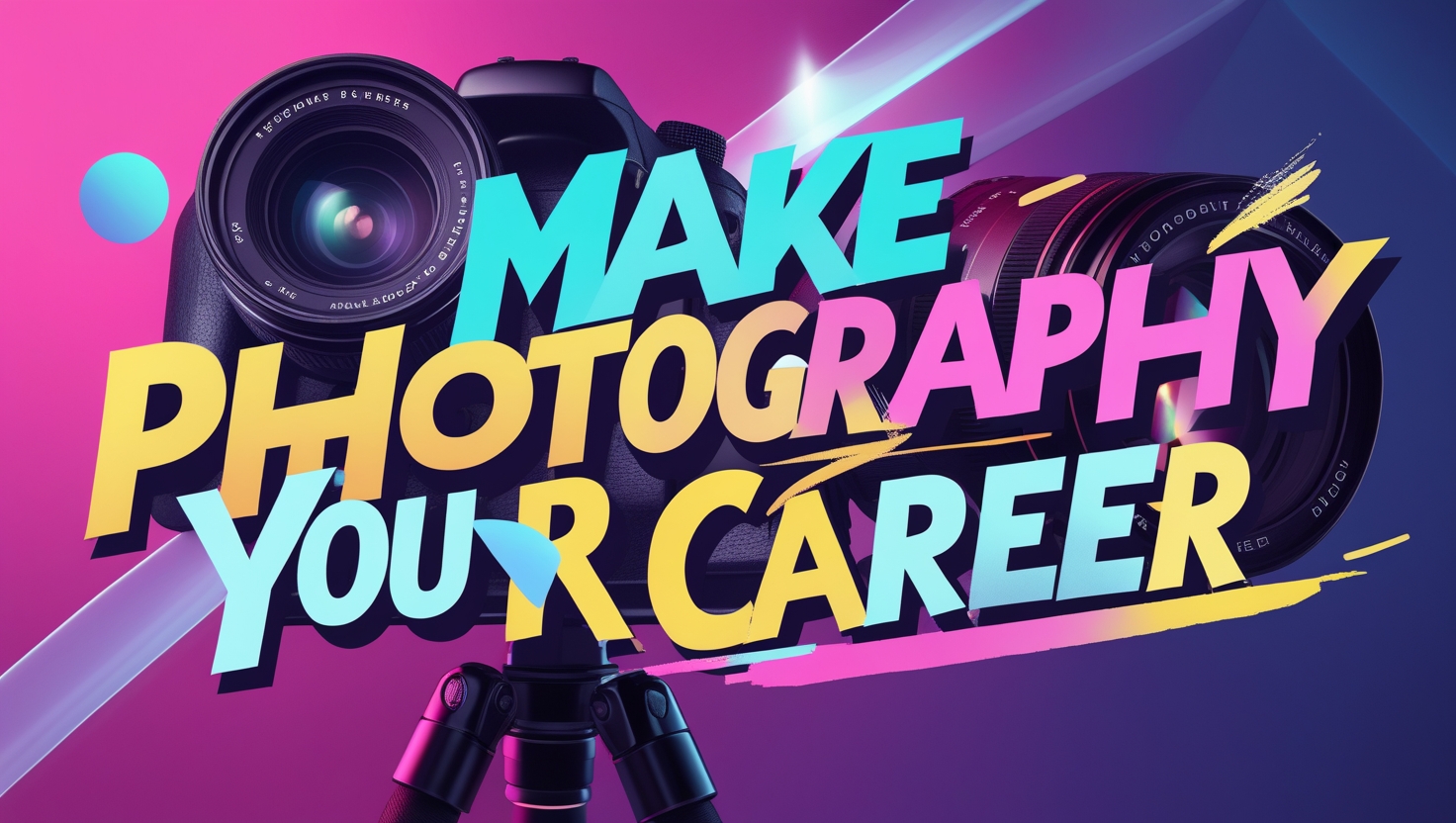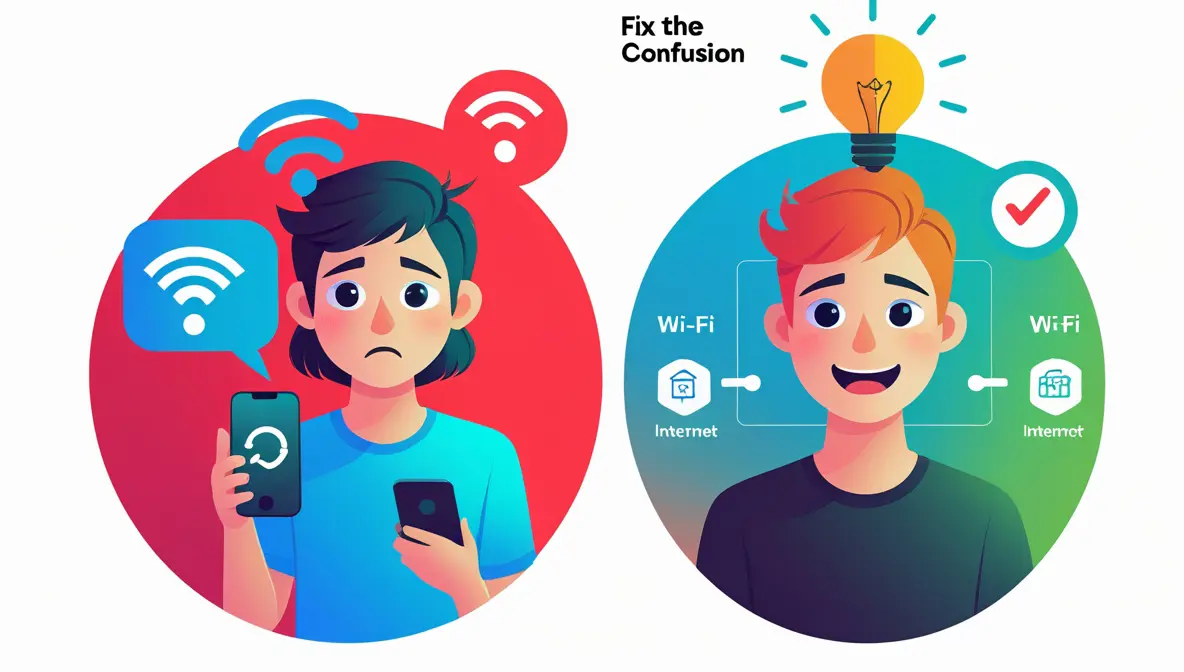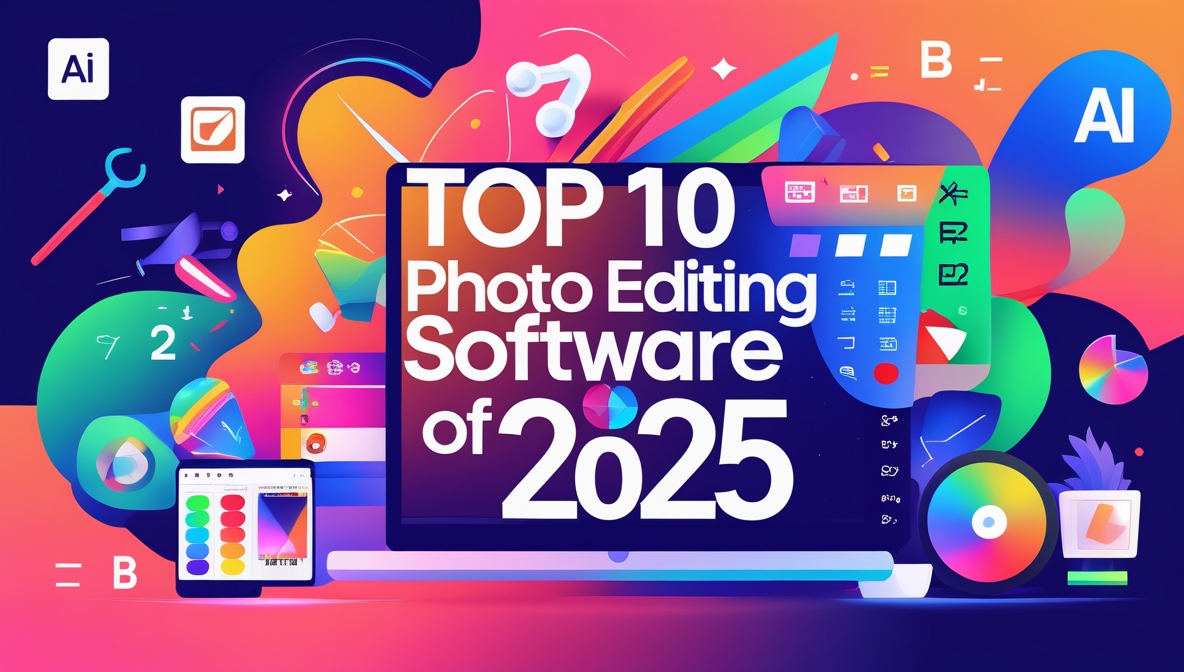How to Become a Photographer: 8 Steps to Build Your Career


Photography is more than just clicking a button—it’s about saving memories, like a friend’s big smile, a beautiful sunset, or a busy street full of life. These are moments that words just can’t fully describe. Did you know that the number of photographers in the U.S. is expected to grow by 9% from 2021 to 2031? This shows how important photography is becoming in different industries.

Hi, I’m Sakshi, and photography has changed my life in amazing ways. When I started with a simple camera, I realized how exciting it was to turn a fun hobby into something meaningful. Taking pictures of my friends laughing or capturing a glowing sunset made me so happy and motivated me to keep learning. If you’ve ever wanted to turn your love for photography into something bigger, this guide will help you start your journey.
The Power of Photography: Why It Matters
Photography isn’t just about taking pictures—it’s like painting with light and time. Imagine capturing the happy moment of a bride’s first dance or the calm beauty of a forest at sunrise. These are moments that words can’t fully explain. Photography is also a way to connect with people by sharing emotions and saving memories. A single picture can bring back a favorite memory, get people talking, or even help someone see the world in a new way.
Thanks to social media and technology, it’s easier than ever to become a photographer. Apps like Instagram let you share your pictures with people all over the world, and YouTube has tons of tutorials that teach you how to improve your photography step by step. These tools make it simple to learn, grow, and show off your work.
It all starts with one question: What kind of photographer do you want to be?
Step 1: Master the Basics of Photography

When I first started, I realized that photography isn’t about having the most expensive camera—it’s about knowing When I first started, I realized that photography isn’t about having the most expensive camera—it’s about knowing how to use what you have. The basics are super important:
- Composition: Composition is how you frame your shot. Imagine using the “rule of thirds” to place a sunset off to the side, making the picture more interesting. You can also use leading lines, like roads or fences, to guide people’s eyes to your main subject.
- Lighting: Lighting makes or breaks your photo. Soft sunlight in the morning can make a person’s face glow, while adding lights at night can make a city scene feel magical and exciting.
- Camera Settings: Learn how to adjust your camera settings. For example, you can brighten a dark room by increasing the ISO, or you can make water look smooth and dreamy by slowing down the shutter speed. Small tweaks like these can transform your photos.
Here’s the thing: your first pictures might not be amazing, and that’s okay! I still remember one of my first photo shoots at a family picnic. Most of the pictures were blurry, and the lighting made people’s faces look odd. But I learned from every mistake. I started paying attention to where the light was coming from, getting ready for special moments before they happened, and holding my camera steady for sharper shots. Each mistake taught me something new and helped me get better. Over time, I realized that even small changes in how I use light or settings can make a huge difference in how a photo turns out.
Step 2: Choose Your Gear Wisely

When you’re starting out, don’t feel pressured to buy an expensive camera. Affordable gear like a mid-range DSLR (Canon EOS Rebel T7) or a mirrorless camera (Sony Alpha a6100) with a kit lens is perfect for learning. Here’s what you need:
- Beginner’s Gear: Start with simple equipment that helps you focus on learning the basics.
- Useful Accessories: A tripod, external flash, or editing apps like Adobe Lightroom Mobile and Snapseed can improve your photos.
- Smartphones Work Too: With practice and apps, even a phone can create amazing pictures.
Upgrade your gear only when it limits your progress, like struggling with low-light shots or needing a zoom lens for distant subjects.
Step 3: Find Your Niche

There are so many paths in photography, and finding your niche is super important. It helps you focus your skills and stand out from others. Do you love capturing the big emotions at weddings? Maybe you enjoy photographing wild animals or telling stories through fashion photography. Try out different types to see what you love most. For example, you could take pictures of your family at a party or snap some cool shots of nature while hiking.
Here are some popular niches you can explore:
- Portrait photography
- Travel and landscape photography
- Product photography for brands
- Street photography
- Event photography (like weddings or parties)
Your niche shows off what you’re passionate about and makes you more unique. By focusing on one area, you’ll stand out to clients and develop a special style that’s all your own.
Step 4: Build Your Portfolio

Your portfolio is like your personal highlight reel—it shows off your best work and helps you stand out to future clients or employers. It’s not just about picking good pictures; it’s a way to show your style and the kinds of stories you like to tell. When I made my first portfolio, I focused on building it strategically by capturing moments that stood out.
For example, I took my camera to family events, engagements, and even weddings—shooting for free to gain experience and build my confidence. One of my standout moments was photographing a family session at the Salt Flats during sunset, which produced breathtaking images that later became key pieces in my portfolio. By collaborating with others, like a floral designer, I also added artistic touches that showcased my creativity.
Here’s how you can build your portfolio, too:
- Start Small: Take on free or low-cost projects to practice. Photograph family portraits, school events, or even artistic collaborations with friends to build your skills.
- Choose the Best: Focus on quality, not quantity. Pick 10-15 photos that highlight your unique style and abilities.
- Go Online: Use websites like Instagram or Behance to share your work. Keep your portfolio updated and make it look clean and organized so it catches people’s attention.
A strong portfolio helps people understand your talent and shows them why they should work with you. It also tells your story as a photographer, making it easy for clients to see your value.
Step 5: Learn Post-Processing

Photoshop Running Slow? 10 Quick Fixes!
Editing is where the magic happens. With tools like Adobe Lightroom and Photoshop, you can take a good photo and make it amazing! These tools let you fix lighting, adjust colors, or even remove things you don’t want in the background. This is great for beginners who want their pictures to stand out. But don’t go overboard—editing should make your photo look better, not fake. For example, add just enough color to make a sunset look real without overdoing it.
Here are some basics to try:
- Brightness and Contrast: These settings can change the mood of your photo—make it bright and happy or dark and dramatic. Adjusting these settings also helps balance exposure, making sure your photo isn’t too dark or too bright.
- Portrait Touch-Ups: You can make people look their best by removing blemishes, softening skin, or making their eyes shine.
- Creative Effects: Black-and-white photos can feel classic, while color grading sets a mood—like making a photo feel warm and cozy or cool and serious.
Free Download PiXimPerfect Photoshop Easy Course with Materials
When adjusting exposure settings, one common mistake is to prioritize keeping ISO too low at the expense of shutter speed or aperture, which can lead to blurry or underexposed images. For beginners, using auto ISO is a helpful tool, as it allows the camera to adjust ISO while you focus on shutter speed and aperture settings. This ensures your photos stay sharp and well-lit, even in tricky lighting conditions.
Step 6: Market Yourself and Build Your Brand

Photography isn’t just about taking photos; it’s about connecting with people. Here’s how you can start building your brand:
- Social Media: Platforms like Instagram are perfect for showcasing your work and reaching potential clients. Share your best photos regularly and connect with your audience by responding to comments or asking questions in your posts. For example, you could ask followers about their favorite photography styles or host a quick Q&A session to share tips.
- Networking: Attend photography meetups, local art fairs, or workshops to connect with others. Collaborate with fellow photographers on joint projects or partner with small businesses for photo shoots. These collaborations can help expand your portfolio and introduce you to new styles and techniques. And don’t forget to carry business cards to share your contact details easily.
- Professional Website: A website is essential for showcasing your work and attracting high-end clients. Unlike social media, a website shows professionalism and allows you to organize your portfolio effectively. You can also use it to blog about your photography journey, improving your visibility through SEO (Search Engine Optimization). Blogging helps new clients find you through Google searches, making it a valuable marketing tool.
- Photo Delivery Services: Using platforms like Picktime can enhance the client experience by offering professional galleries where clients can view, star, download, and even order prints. Unlike Dropbox or Google Drive, these services elevate your business by providing a seamless experience. Plus, print sales through such platforms can generate extra income effortlessly, with automated emails reminding clients to make purchases.
- Personal Branding: Develop a unique style or aesthetic that makes your work instantly recognizable. For example, think of Ansel Adams’ dramatic black-and-white landscapes or Brandon Woelfel’s dreamy, colorful portraits. Your style can help clients remember your work and set you apart from the crowd.
Step 7: Transition from Hobbyist to Professional

Turning photography into a career is a big step, but it’s totally worth it. Imagine doing what you love every day—creating art, telling stories, and meeting new people. It can happen! For example, I know a friend who started by taking free pictures of family and friends on weekends. At first, they struggled with balancing their regular job and learning how to pose people for great shots.
They also worked on improving their lighting and editing skills. These early challenges helped them gain confidence and build a strong portfolio. Soon, more people noticed their work, and they started getting paid jobs. Now, they work full-time as a professional photographer for local businesses, fashion brands, and event planners—and they love it! Their journey shows that hard work and practice can turn a hobby into a successful career.
Here’s how you can do it too:
- Start Small: Take on part-time or freelance projects while keeping your current job. Submit your best work to photography contests or blogs to gain exposure. Use social media platforms to share your progress and attract potential clients.
- Set Goals: Decide what success means to you, like earning a certain amount of money, working with dream clients, or getting featured on a popular photography blog.
- Learn Business Basics: Figure out how to price your services, write contracts, and manage your money.
Remember, all professional photographers started somewhere. Keep practicing, learn from your mistakes, and don’t give up, even when things are tough. Stay motivated by consistently posting your work online, experimenting with new ideas, and connecting with others in the photography community. Persistence is the key to success!s!
Step 8: Overcome Challenges and Stay Inspired

Photography can be tricky sometimes. Creative blocks can make you feel stuck, competition can make it tough to stand out, and money problems can add stress. But don’t worry—you can overcome these challenges! Here’s what I’ve done:
- Find Inspiration: Check out the work of famous photographers, like Ansel Adams’ amazing landscapes or Vivian Maier’s street photos. Visit local art galleries, or just grab your camera and go for a walk to spark fresh ideas. Personal projects, like capturing a day in your life or experimenting with unique angles, can also help you rediscover your passion.
- Keep Learning: Photography changes all the time, so keep learning new things! Websites like Skillshare, Coursera, or Udemy have great classes where you can pick up new skills and stay up-to-date. Experiment with new techniques or tools to find your creative voice.
- Balance Creativity and Work: Do fun personal projects alongside client work to keep things exciting. For example, you could try a photo series about the changing seasons in your neighborhood or a self-portrait challenge to practice lighting and poses. Also, remember that serving clients with genuine care—like staying late to capture special family moments—can set you apart and create lasting connections.
A Final Word: Your Journey Starts Today
Becoming a photographer is not a destination but a journey. For example, I remember when I first learned how to frame a shot perfectly—it felt like a breakthrough. It’s about capturing moments, telling stories, and growing both creatively and professionally. Whether you’re picking up a camera for the first time or taking the leap into professional photography, know that every step you take brings you closer to your goals.
Remember: “Photography is not about the camera you hold but the story you tell through your lens.” For example, a photo of an old, wrinkled hand can tell a story of a life well-lived, even if it’s not technically perfect. The emotions and meaning behind the image are what truly matter.
So grab your camera and take on a fun challenge, like photographing your favorite place or capturing everyday moments around you. Most importantly, have fun and enjoy the process. The world is waiting to see what you create.
Ready to Start Your Journey? If you’re inspired to begin your photography journey, start by mastering the basics, exploring your niche, and building your portfolio. Share your progress in the comments below or tag me on social media—I’d love to see your work!










